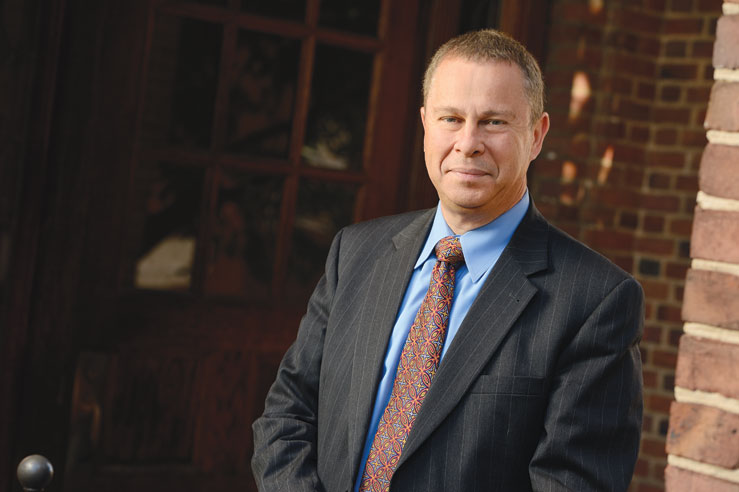
Dear Whiting School Community,
As the Whiting School embarks on new initiatives aimed at realizing the promise of engineering’s role in health care and medicine, including the launch of the Malone Center for Engineering in Healthcare, it is easy for us to take for granted the ease with which our faculty and students partner with clinicians and researchers on the East Baltimore campus.
These types of collaborations, which only now are gaining traction at other leading engineering schools, are ingrained in our culture.
For as long as the ranking has existed, U.S. News and World Report has rated biomedical engineering at Johns Hopkins as the nation’s best. I have no doubt that one reason for this enduring prominence is that our BME program, since its inception, has resided equally in our schools of medicine and engineering.
More than just an administrative distinction, this unusual governance reflects our belief in the value and promise of collaborative work at the intersection of engineering and medicine. Our dual-school structure not only enables us to attract some of
the world’s most accomplished and visionary engineers, scientists, and clinicians,
but it also fuels advances in knowledge and technology translation that improve lives.
This partnership has enabled cross-divisional research efforts, such as the
Institute for Computational Medicine, the Center for Imaging Science, the Center for Bioengineering Innovation and Design, and our new Kavli Neuroscience Discovery Institute (see p. 4).
It also has led to the new Carnegie Center for Surgical Innovation, a lab at the School of Medicine where engineering researchers and students can work directly with clinicians and where students can connect virtually to the BME Design Studio on the Homewood campus (see p.2).
For 50 years, our biomedical engineers have led the way in uniting engineering with medicine—and this tradition continues to fuel discovery and innovation today.
Sincerely,
Ed Schlesinger
Benjamin T. Rome Dean




